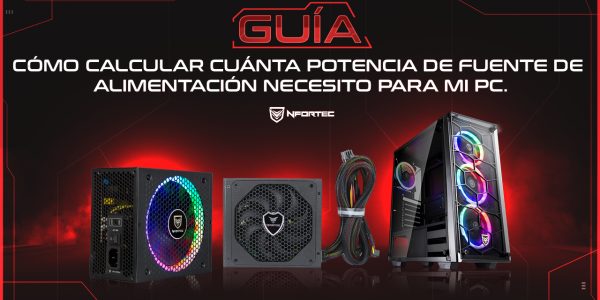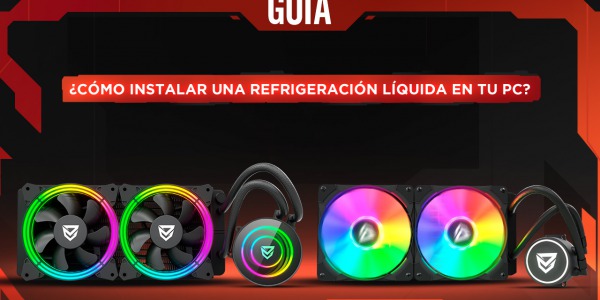Free shipping on orders over 50€
Personalized customer service
24-hour delivery

On some occasions we have received queries about the correct application of the thermal paste thermal paste Nfortec V382for this reason we have decided to make this post in our blog where we talk about the most important aspects of its use and the usefulness it has in our equipment.
The thermal paste is a putty composed of different materials. Its function is to facilitate the heat conductivity between the backplate of our heatsink or liquid cooling pump and the CPU of the computer.
It can seem an unimportant aspect inside the assembly of our Pc, but to apply the thermal paste correctly is essential to get the most out of our components without suffering too much. In addition, it is a process that we must repeat every time we change the cooling method in our computer.
When placing our backplate over the processor, air pockets can be generated due to imperfections that both parts may have. This can cause the heat to be transferred in an inadequate way and our heatsink does not work in the most optimal way. When applying the thermal paste we eliminate these pockets and promote heat transfer between components enhancing their productivity.
Whether it is our first installation on the processor or we are changing the cooling it is necessary to prepare the surface before applying the thermal paste. We can use either cotton or "kitchen" paper and a little alcohol. The higher the percentage of alcohol the better but always between 70 and 90%.
Once we have moistened the paper or cotton with the alcohol we pass it over the surface of the backplate and the processor to remove any dirt or dust it may have. It is important, if we are doing this manipulation with our bare hands, not to touch any of the surfaces once cleaned, since our hands contain their own oils and greases that can stain the surfaces again.
When applying the thermal pastethe best option is to place it on the processor and avoid placing it on the heatsink. We are aware that everyone has their own method of application, there are those who apply a small amount in the center and place it on the backplate so that the pressure expands the paste. Another option is to spread it before placing the heatsink and there are also those who choose to apply two thin lines in the shape of "X" and install the cooling pump so that the pressure expands it.
In our case, our colleagues usually use the first two options we have discussed. With a small drop in the center of the processor, the size of a grain of rice and letting the pressure do the rest or also sometimes choose to extend it with the tool that is included in our thermal paste V382
The application method, in the end, is less important, what really matters is that the entire surface is well covered by the paste and that it does not exceed the edges as it would stain our motherboard.
Two aspects must be taken into account when applying the thermal paste thermal pastewe have to put just the right amount, so it is not good that it overflows on the sides and that it remains scarce. The most common thing is that (especially the first few times) we apply thermal paste too much and it falls down the sides of the processor and stains the motherboard. It is not a big problem and it has an easy solution. If this happens to us, all we have to do is to remove the heatsink, clean the whole area and the paste that has fallen and perform the installation again.
If on the other hand, we fall short when it comes to applying the thermal pasteif, on the other hand, we fall short when applying the thermal paste, we will have higher temperatures in our components because the heat transfer will not be optimal. The solution for this is the same as in the previous case. Uninstall, clean and reapply the thermal paste thermal paste.
We hope that this little post has solved any doubts you may have on this topic. As you can see, it is not a very complex topic but it is very important for the best performance of the components. See you next week in the next post of our blog!


Hardware is a complicated world. Not only do we have to know about components but also compatibilities,...

One of the first doubts that arise when you decide to embark on the adventure of assembling a computer from parts...
Comments (0)